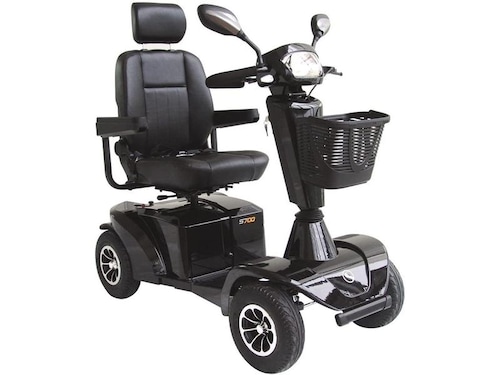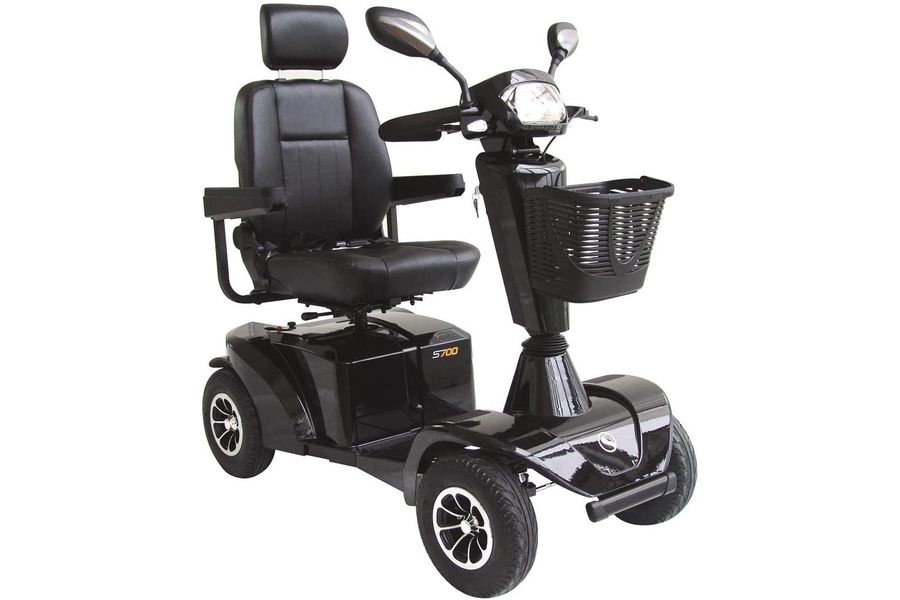Mobility scooter etiquette: Rules of the road
A common for many first-time users of mobility scooters (and those who encounter them) is their legal status


Mobility scooters have quickly become a staple of many cities and communities. These vehicles aid the elderly and people with disabilities, who often face difficulties making their way about town. Their recent and rapid widespread adoption may create some uncertainty on the road.
That’s why we’ve put together this handy guide to mobility scooter etiquette. Having a clear grasp of the rules of the road for these vehicles can save you a lot of trouble. Knowing what to expect from drivers, pedestrians, and scooter riders is the first step towards safer transit for all.
Who are mobility scooters for?
First off, let’s set the record straight. Mobility scooters are specifically intended for people with difficulties moving around. That includes the elderly, and people with various types of disabilities.
In many countries, such as Australia, mobile scooters for disabled people may only be used by drivers that need them. In fact, Australian road rules specifically require drivers to have a “reasonable need” for using these vehicles. A reasonable need could be a physical disability or any condition that makes it harder to walk.
No driving licence is required to operate a mobility scooter, as long as it meets the legal definition. Conversely, very fast or heavy scooters may require a licence, as well as insurance. Mobility scooters must also lack a combustion engine, lest they be classified as motor vehicles.
Pedestrians or Drivers?
A common for many first-time users of mobility scooters (and those who encounter them) is their legal status. Does driving a scooter make you a driver or a pedestrian? The answer will determine the way scooter users should behave on the road and how others should treat them.
Generally speaking, electric mobility devices tend to be classified as a type of motorised wheelchair. Just like a wheelchair user is a pedestrian, mobile scooter riders are pedestrians as well. Legally, they’re allowed to take their scooters anywhere a pedestrian can go.
That includes the inside of a store or mall, for example, as well as footpaths and nature trails. All road rules that apply to pedestrians apply to scooter users as well. As a consequence, scooters shouldn’t be driven down the open road if there is are more pedestrian-friendly paths available.
Mobility scooter road rules
Next up, we’ll provide you with a brief list of essential rules of the road for mobility scooters. Keep in mind that the specifics are subject to change, as there aren’t any international standards. Each country has its own version of mobility scooter road rules.
As a relatively new mode of transportation, mobility scooters are still unfamiliar to many. People are still forming their first impressions of these vehicles. Understandably, they inspire some degree of apprehension and even rejection from part of the public.
At this point, the visible behaviour of early adopters out and about will largely determine most people’s opinions on scooters. Respecting the rules of the road and being a responsible scooter rider is key. It ensures you and those around you remain safe at all times.
The pages slugged ‘Brand Connect’ are equivalent to advertisements and are not written and produced by Forbes India journalists.
First Published: Dec 29, 2020, 16:02
Subscribe Now